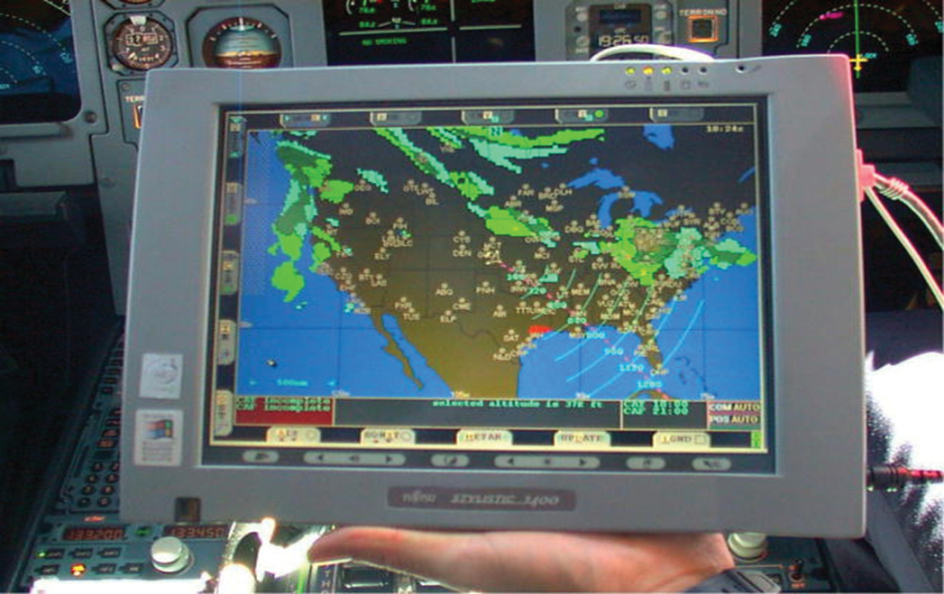'Test' Pilots Needed at AirVenture
Researching cockpit weather displays
By James Wynbrandt
July 30, 2016 - Pegasas, a wide-ranging, FAA-sponsored research effort, is presenting a weather information latency demonstration (WILD) at EAA AirVenture Oshkosh 2016, and calling on pilots attending the fly-in to participate in a study of cockpit weather displays.
The demonstration and study are part of the Weather Technology in the Cockpit (WTC) project, one of more than a score of research initiatives conducted under the aegis of Pegasas (Partnership to Enhance General Aviation Safety, Accessibility and Sustainability). The latency demonstration and pilot testing are taking place at the Pegasas display (C20) at the Education & Career Center in Aviation Gateway Park.
Despite real-time and near-current weather data now available in general aviation aircraft, weather-related incidents continue to occur at the same historical rates, according to Dr. Barrett Caldwell of Purdue University, WTC spokesperson. WTC has identified 15 “gaps” in knowledge, skills, abilities, assessment technology, and information presentation that hamper pilots’ maximum use of cockpit weather data.
The WTC research conducted here at the fly-in, open to certificated pilots over the age of 18, is examining how pilots react to and use weather displays in a simulated cockpit. The WTC project is also examining the role of multiple alerting technologies in pilot decision-making, novel educational modules for training pilots in the use of this data, and the effects of weather latency — the lag between real-time and displayed weather — on use of in-cockpit weather data.
Pegasas, composed of universities and institutes with leading aviation programs, and highly regarded schools of engineering, aims to enhance GA safety, and here at the fly-in, pilots can provide meaningful help in accomplishing this goal. Other institutions taking part in the WTC Pegasas project are Ohio State, Texas A&M, Western Michigan, Southern Illinois, and Kent State University.

